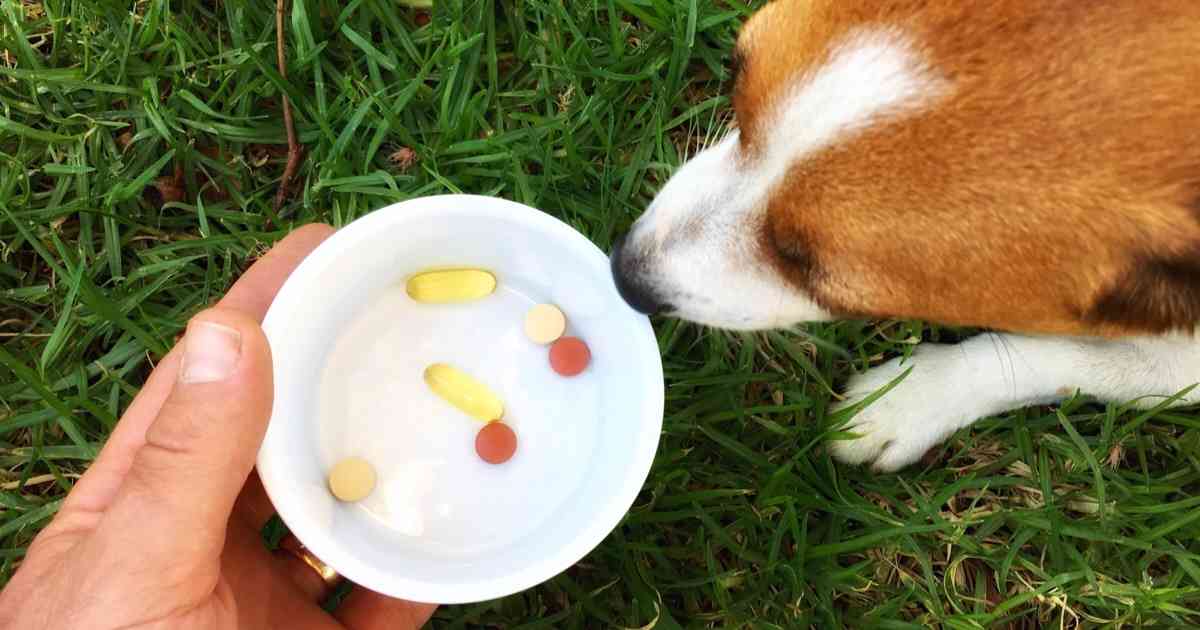
Essential Guide to How to Resurface Concrete Effectively in 2025
Resurfacing concrete is an effective way to restore the aesthetics and functionality of your concrete surfaces, whether they are driveways, patios, or floors. As we move into 2025, the techniques and products available for concrete resurfacing have evolved significantly, allowing homeowners and professionals alike to achieve impressive results with minimal effort. This article will guide you through the essentials of resurfacing concrete, highlighting the benefits, techniques, tools, and best practices to ensure a successful project.
Concrete resurfacing not only enhances the appearance of your surfaces but also extends the lifespan of your concrete, making it a cost-effective alternative to complete replacement. By exploring various resurfacing options, such as overlays, mixtures, and repairs, you can make informed decisions that best suit your needs. We will delve into the necessary tools, preparation steps, and potential issues to avoid while resurfacing, alongside estimating the costs involved.
As we progress, you will learn about finishing options for resurfacing and how to maintain the longevity of your newly resurfaced surfaces. Let’s dive into the world of concrete resurfacing for a comprehensive understanding that will empower you to tackle your next project effectively.
Understanding the Benefits of Concrete Resurfacing
Concrete resurfacing offers a myriad of benefits that make it the go-to choice for maintaining and revitalizing concrete surfaces. First and foremost, it enhances the visual appeal of aged or worn-out concrete. Projects like resurfacing a driveway or patio can significantly increase property value and improve curb appeal.
Additionally, resurfacing is a practical solution for repairing minor damages such as cracks and uneven surfaces. Utilizing specialized cementitious overlays can effectively cover imperfections, providing a fresh, even look. Moreover, resurfacing can also improve safety by creating slip-resistant surfaces, reducing the potential for accidents.
Cost-effectiveness is another significant advantage, as resurfacing presents a lower investment than complete replacement while providing similar aesthetic enhancements. It minimizes waste and environmental impact, making it a sustainable choice for homeowners looking to maintain their properties over time.
Finally, resurfacing allows for customization through various design options, colors, and textures, enabling homeowners to turn their concrete into a beautiful focal point of their outdoor or indoor spaces.
Selecting the Right Resurfacing Products
Choosing the appropriate resurfacing product is crucial for a successful project outcome. There are various options available, including self-leveling compounds, acrylic polymer overlays, and specialized coating systems that can cater to specific needs. Understanding the properties of these products is essential for selecting the right one for your project.
Self-leveling compounds are ideal for repairing uneven surfaces, ensuring a flat, smooth finish. On the other hand, acrylic overlays are versatile for both outdoor and indoor applications, offering durability and aesthetic enhancement. Cementitious overlays are also popular due to their ability to bond well with existing concrete, providing long-lasting results.
It's important to consider factors such as climate, surface conditions, and intended use when selecting resurfacing materials. For instance, outdoor surfaces may benefit from products with superior weather resistance, while indoor surfaces might require materials that minimize dust and are easy to maintain. Moreover, assessing the longevity and curing times of the products can help in managing project timelines effectively.
Using high-quality resurfacing products ensures a durable finish that withstands wear and tear, making it a smart investment for any homeowner embarking on a resurfacing project.
The Concrete Resurfacing Process: Step-by-Step Guide
The process of resurfacing concrete can be broken down into several essential steps that ensure a successful outcome. Proper preparation is critical before diving into the actual resurfacing work. Begin by evaluating the condition of the existing concrete surface. Identify any cracks, chips, or other issues that need addressing. Repairing cracks beforehand using patching compounds or concrete repair kits will help enhance the finish and longevity of the resurfaced area.
Once you’ve made repairs, it’s time for thorough cleaning. Using concrete grinding or floor grinding techniques helps remove any dirt, oils, or contaminants that could interfere with the bonding of resurfacing products. Make sure to rinse the area well and allow it to dry completely before proceeding.
The next step involves mixing the resurfacing compound according to the manufacturer's instructions. Achieving the right consistency is vital as it impacts the ease of application and end results. Utilize the best tools for resurfacing concrete, such as trowels, rollers, and squeegees, depending on your chosen application method.
Once mixed correctly, apply the resurfacing material evenly across the surface, using careful techniques to avoid mistakes. For large areas, roller applications can speed up the process while ensuring uniform coverage.
After application, proper curing is essential for achieving a robust and resilient finish. Follow the manufacturer’s recommendations for curing times, and refrain from using the surface until it has fully set to maximize the lifespan of your newly resurfaced concrete.
Best Practices for Maintaining Resurfaced Concrete
After completing your concrete resurfacing project, maintaining the surface is vital for ensuring its longevity and aesthetic appeal. Begin by implementing a regular maintenance schedule that includes cleaning the surface of debris and dirt to avoid staining and degradation.
Sealing your resurfaced concrete after the curing process enhances its durability and prevents moisture penetration. Water-based sealants are often recommended for their ease of application and lower environmental impact. Additionally, regular inspections for damage or wear can help catch potential issues early before they escalate. Addressing minor damages promptly with patching compounds can extend the life of your resurfaced areas.
Consider the environment in which your resurfaced concrete exists. If exposed to heavy traffic, weather, or harsh chemicals, utilize robust sealants and maintenance techniques that cater specifically to these conditions. Moreover, keeping an eye on moisture issues is crucial, as excess moisture can lead to problems such as cracking or surface deterioration.
Lastly, follow local guidelines for maintenance and engage professional resurfacing services if necessary, especially for more extensive repairs or residential and commercial needs. By adhering to these best practices, you are set to maximize the lifespan of your resurfaced concrete and maintain its functionality and appeal.

Common Issues with Concrete Resurfacing and Troubleshooting
While concrete resurfacing can rejuvenate your surfaces, it is not without potential problems. Understanding these common issues can help you troubleshoot effectively and achieve a flawless finish. One prevalent issue is inadequate surface preparation, which can lead to poor adhesion and premature failure of the resurfacing material.
Additionally, using the wrong type of resurfacing product for specific conditions can result in unsatisfactory results. Ensure you are familiar with the properties of the product you choose and the conditions for which it is suited.
Another common pitfall is improper mixing of the resurfacing compound. Consistency is key; a mixture that is too thick or too thin can lead to uneven surfaces and extensive rework. Always follow the manufacturer’s mixing instructions to avoid these issues.
Weather can also impact your resurfacing efforts significantly. High humidity or low temperatures can affect curing times and adhesion. Monitoring climate conditions before and during the project will inform your timing and approach.
By staying aware of these common issues and having a plan in place to troubleshoot effectively, you can greatly enhance your chances of having a successful resurfacing experience.

Conclusion: Embracing Concrete Resurfacing in 2025
Concrete resurfacing in 2025 presents exciting opportunities for enhancing the beauty and functionality of both residential and commercial surfaces. By understanding the benefits, key products, effective processes, and maintenance strategies associated with resurfacing, you can make informed decisions that lead to transformative results.
Arming yourself with knowledge and best practices from this guide, you can confidently approach your concrete resurfacing projects, whether you are a DIY enthusiast or a professional contractor. Remember the importance of surface preparation, the value of high-quality materials, and the need for ongoing maintenance, and you will enjoy spectacular outcomes that breathe new life into your concrete surfaces for years to come.